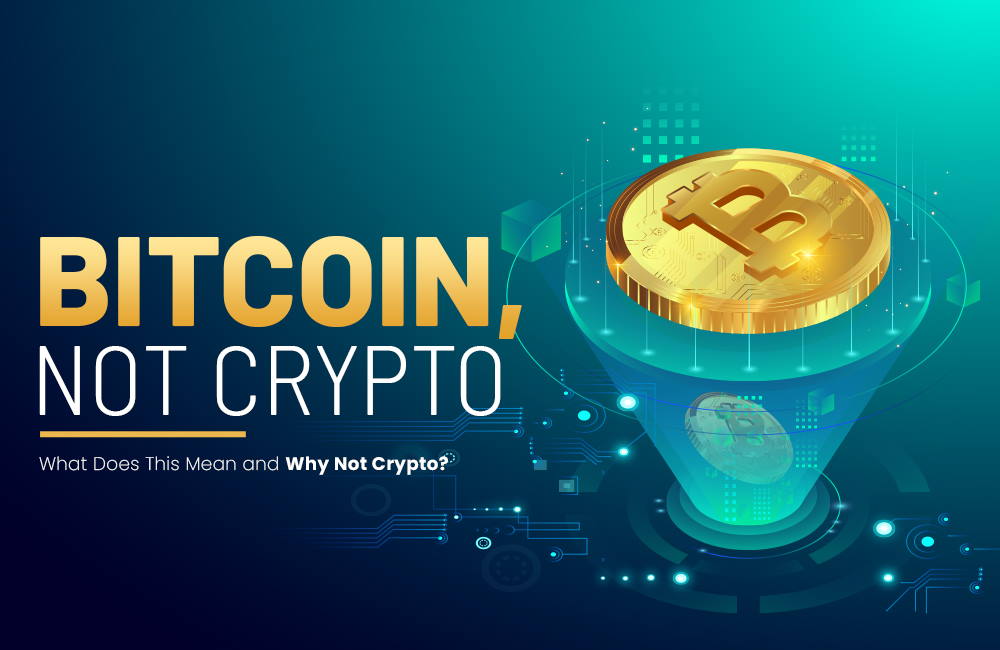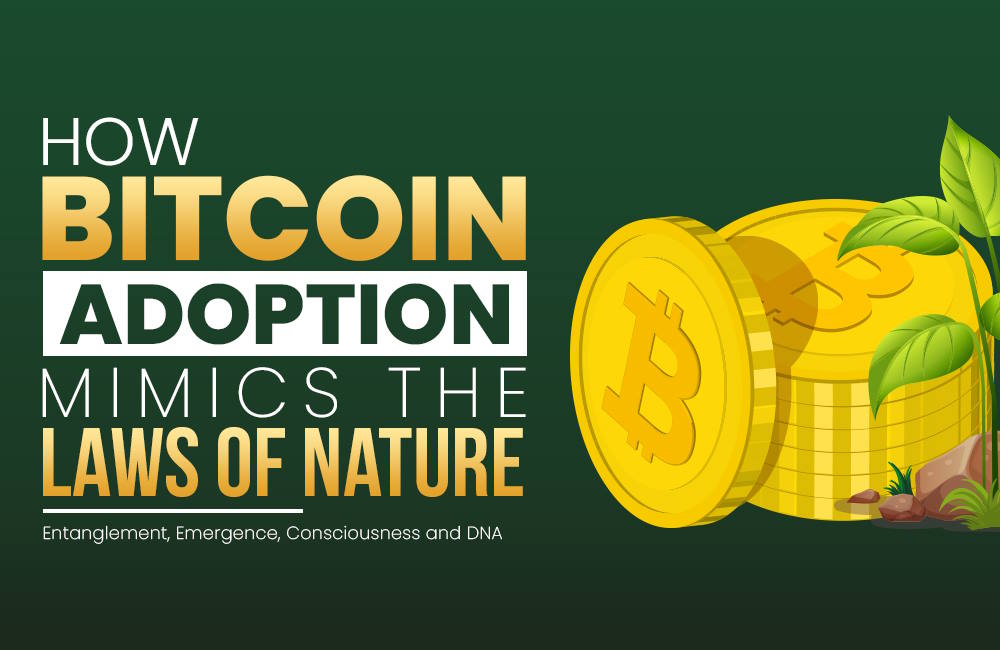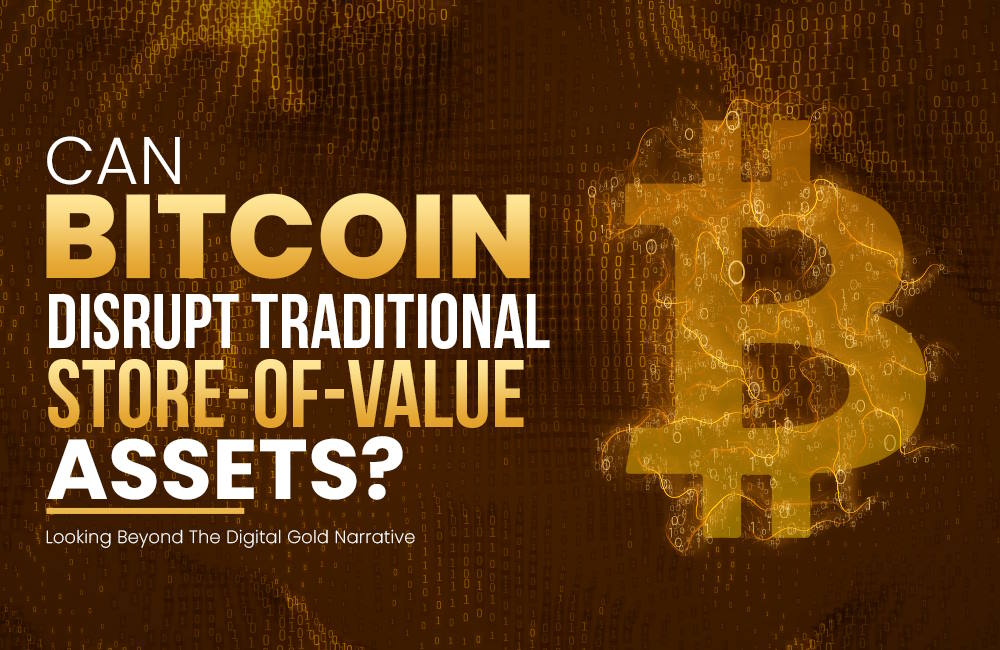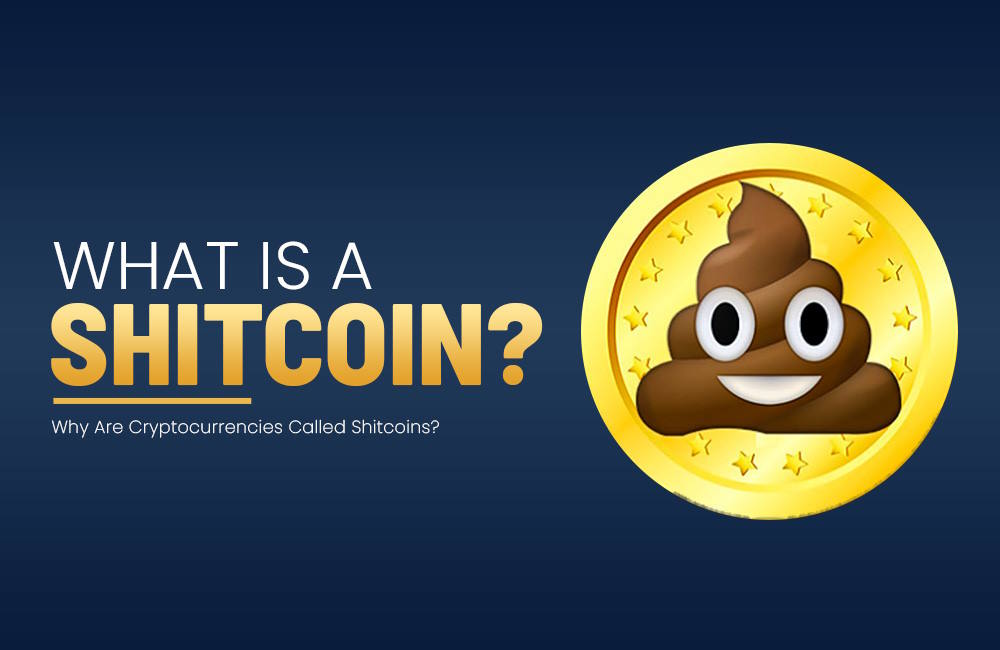
What we're talking about:
Bitcoin, Not Crypto
Spend enough time in the digital currency space and you’ll begin to see a clear distinction between Bitcoin and the tens of thousands of other cryptocurrency coins and tokens on the market. This saturation of crypto projects has led to prominent voices repeating statements such as “Bitcoin, not crypto”, but what exactly does this mean? How is it possible that these two asset classes appear so similar at first glance but are drastically different in their fundamental makeup.
This article will shed some light on the various aspects that fuel the bitcoin vs crypto debate.
A Reminder of Why Bitcoin Exists
To begin with, it’s useful to remind ourselves of what Bitcoin is and why it was invented.
Satoshi wanted to provide people with a financial tool to avoid economic censorship and the meddling of third-party intermediaries. Satoshi based the concept of Bitcoin on commodity money, but also gave it digital properties that enabled the currency to be far more divisible, portable and independently verifiable.
Bitcoin operates on proof-of-work, a resource-intensive mechanism preventing bad actors from creating counterfeit money at no additional cost. Bitcoin focuses on utility, and barring a handful of necessary upgrades, has operated on a similar network structure since its inception in 2009. The robust features of this network are maintained by its proof-of-work, difficulty adjustment and a distributed set of network nodes to verify all transactions.
Bitcoin vs Crypto
As Bitcoin grew exponentially, a tsunami of imitations and experiments have since flooded the digital currency market. Built upon similar, yet not identical, cryptographic primitives, these projects present themselves under various marketing terminologies: blockchain, Web3, DeFi, GameFi, NFT, altcoin, and even the less sophisticated term shitcoin. Altogether, they form as one to create the wider crypto industry.
The values, vision and utility of these crypto projects are very different to that of Bitcoin, with their ideologies having drifted further and further apart. The digital currency sector has essentially forked into two separate camps: Bitcoin and crypto.
Most notable in this split is the value attached to decentralization. None of these projects can claim to have the same level of decentralized distribution as the Bitcoin network. In order to achieve faster throughput or larger data storage, decentralization is often the quickest feature to get dropped when designing new cryptocurrencies. Whereas the Bitcoin network remains largely untouched, with innovation occurring on additional layers, the vast majority of crypto projects have clearly identifiable operators pulling switches and deciding upon critical protocol changes at the base layer.
Such central committees are part and parcel of the proof-of-stake consensus mechanism that has become the de facto protocol in today’s crypto ecosystem. Proof-of-stake may allow for faster transactions, but the low barrier to entry for wealthy participants to control and censor transactions pales in comparison to the censorship resistance afforded by Bitcoin’s proof-of-work network.
What results then is essentially a digital form of fiat governance, a precise repetition of what Satoshi worked so hard to avoid. Thanks to the largely unregulated arena that crypto innovation currently finds itself in, this digital fiat model leads all too easily to ponzi style projects. Such ponzis feed upon new participants, luring them in with the promise of easy money, while insiders leave at will without providing disclosure. The ease of fabrication of crypto money leads to the generation of unsustainable yields, encouraging dangerous competition between ponzis that only adds to the risk for uninformed retail investors.
Bitcoin, Not Crypto: An Expensive Lesson to Learn
Ponzi style yield structures may work during moments of heightened euphoria, as witnessed during the previous crypto bull markets, but are ultimately destined to fail due to the lack of fundamentals and more importantly, a lack of new investors. It is so sad to see the level of damage that has been done to retail investors time and time again in the crypto space. Ironically, it is the open source peer-to-peer technology that Satoshi developed to protect people’s finances that has been repurposed as a new medium for scamming people online.
As it stands, Bitcoin and crypto remain intrinsically intertwined. As bitcoin is the largest and most readily available digital currency, it is usually the first to be liquidated as failing companies attempt to fill giant holes in their balance sheets. As painful as this feels to bitcoin holders, it is also a necessary process, as severe market corrections serve to reduce the amount of reckless leverage in the crypto ecosystem.
Bitcoin, not crypto, can be an expensive lesson to learn. At the 3:10 mark, Lyn Alden and Cory Klippsten break it down on an even more granular level and help us understand what we can do from here.
Unregistered Securities
The writing is on the wall for crypto companies and it’s arguably only a matter of time before some of the larger projects begin to get regulated. 2022’s continuous crypto contagion may just have been the straw that broke the camel’s back as heavy-handed regulation looms ominously above several jurisdictions around the world.
At the heart of the matter is the lack of clarity as to what crypto projects actually are. While some claim to be decentralized or working to better the fate of humanity, the vast majority are simply companies pumped to the brim with venture capital, involved in a game of regulatory arbitrage. This comes in stark contrast to Bitcoin’s leaderless development and organic growth. Securities laws may be outdated and poorly positioned to capture the scope of crypto innovation, but this won’t stop regulators from making an example of crypto projects with clearly identifiable leaders.
Innovation is a good thing, and the technology behind crypto is not to blame for the fate of its users. It is the unregulated manner in which founders and insiders are able to operate and coordinate that will likely come under the closest scrutiny.
Temptation and Human Psychology
It may seem easy to sit back and bad mouth crypto projects for their apparent lack of morality and excessive greed, but the actions of their founders and backers are nothing new. Humanity has been plagued for many centuries by the concept of easy money. When Satoshi showed the world that a new form of money could be created through math, code and computers, it’s understandable that humans across the world would attempt to create their own money out of thin air.
The best thing you can do as a sensible Bitcoiner is to help your fellow crypto friends understand the fundamental difference between a leaderless money that’s backed by energy and a digital fiat copycat that is built to enrich its founders. Helping them see the reasoning behind Bitcoin’s features will ultimately help them avoid the high time preference psychology that impedes their long-term progress.
Slow Is Smooth, Smooth Is Fast
Taking the Bitcoin path is akin to following the hero’s journey. Many challenges and setbacks are to be expected along the way. One should understand however that Bitcoin’s purpose extends far deeper than that of a crypto project whose purpose is merely to make a quick buck.
In fact, Bitcoin’s growth should be better understood as a technical revolution, not to be compared to the price charts of a profitable tech stock. Just like previous revolutions shook the world and took decades to play out, so too will Bitcoin’s monetary evolution. Crypto projects will continue to come and go, while Bitcoin will continue to add blocks to its chain and provide financial sovereignty to more and more people around the world. Challenging the status quo of the world’s financial system was never meant to be easy, but the rewards of a fairer and more transparent system are certainly worth the time and effort.
Bitcoin Candor embraces the slow approach (low time preference) and values constant learning and fundamental understanding over needless risks and get rich quick schemes.
What we're talking about:







